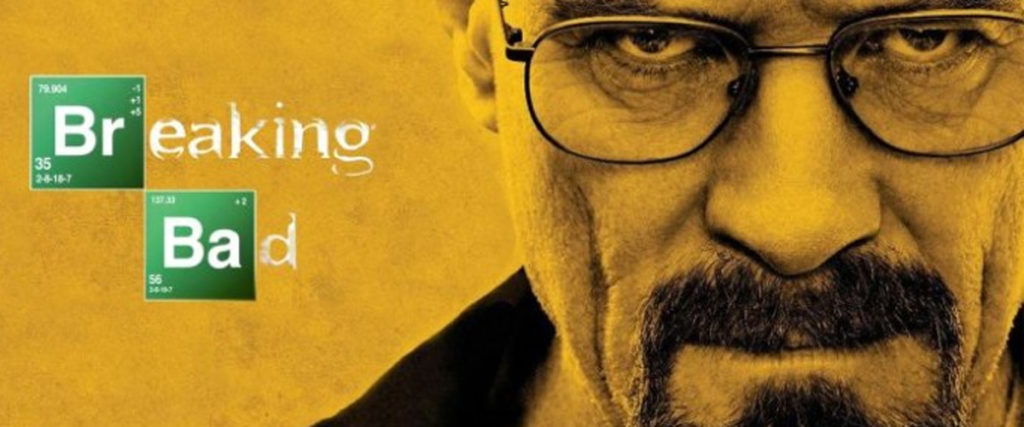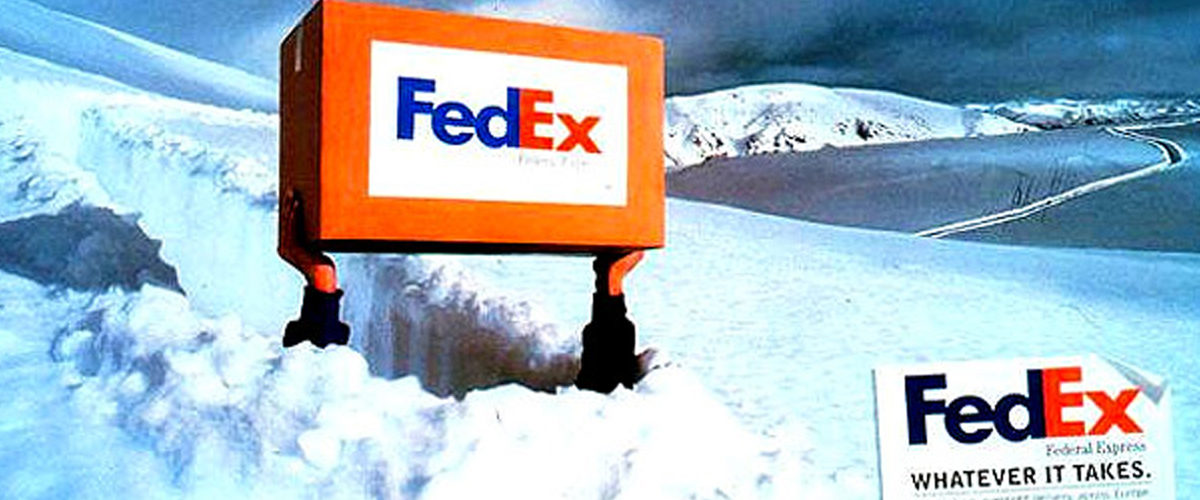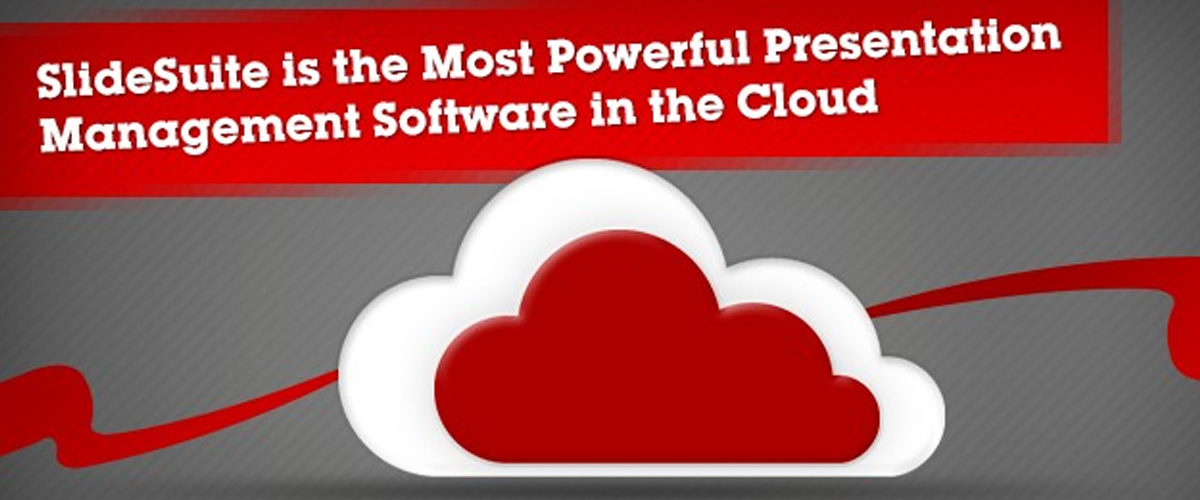
Raising capital is complicated. There are a lot of pieces to put together, including selling your audience, knowing your valuation, how much capital you need, use of funds and much, much more.
The initial hurdle for countless companies comes at the intersection where entrepreneurs and investors meet. Entrepreneurs often stumble building their investment deck and effectively pitching which makes it that much harder to get people to give you the capital. Investors must believe in you and your abilities to manage and grow a company. The problem is that showing who you are and what you’re capable of can be difficult let alone doing it in a 10-15 minute window.For that reason you need to put your heart and soul into the pitch, but not just the content, also the delivery. What does a perfect pitch look like, you ask? That is a matter of opinion and you’ll never see the “perfect pitch deck”, but recently its all about presenting your company in a unique way to stand out from the crowd. One additional option you may consider is a scrolling web pitch. Scrolling web pitches incorporate a unique technique that allows the presenter to replace the generic professional PowerPoint click-by-click slides with an interactive, more organic and lively design. This is not meant to replace the face-to-face PowerPoint pitch but a reinforcement and/or teaser to get the meeting. Here are 4 reasons why you need to use scrolling web designs for you next investor presentation:
Keep Content Up to Date
In using a scrolling web pitch, you are making any future edits or updates to your text as easy as can be. This design simplifies the process and maximizes your use of time.
Stand Out from the Crowd and be unique
Most people email their large, boring and lifeless PowerPoint presentations to prospective investors, but it really doesn’t make sense to do that. Without context from the entrepreneur you’ll risk a misinterpreted message or worse they might not even move past the first three slides. Treat you pitch with respect. Why be dull and lifeless when you can be unique, creative and memorable?
Monitor page analytics/views and keep consistency.
Data, data, data! Being able to keep your pitch up to date online and get analytics will help you assess the effectiveness of your deck. Additionally, you’ll have created another venue to market in. A great scroll web pitch will be able to sell itself without you being there, so any viewer could potentially bite in your concept.
Create more interest and leads
Analytics and views lead to increased interest and leads. Garnering and extrapolating public interest in your concept will serve as evidence to potential investors that it is quality and a great opportunity.Think of it as PowerPoint presentation Darwinism: evolve your presentation or have it die. Though raising capital may be intimidating, challenging, and seemingly impossible, the process starts with how you present yourself to people.We’ve created an example of a scroll web pitch that you can see here.
If you have any questions or comments about scroll pitches just comment them on this post?








